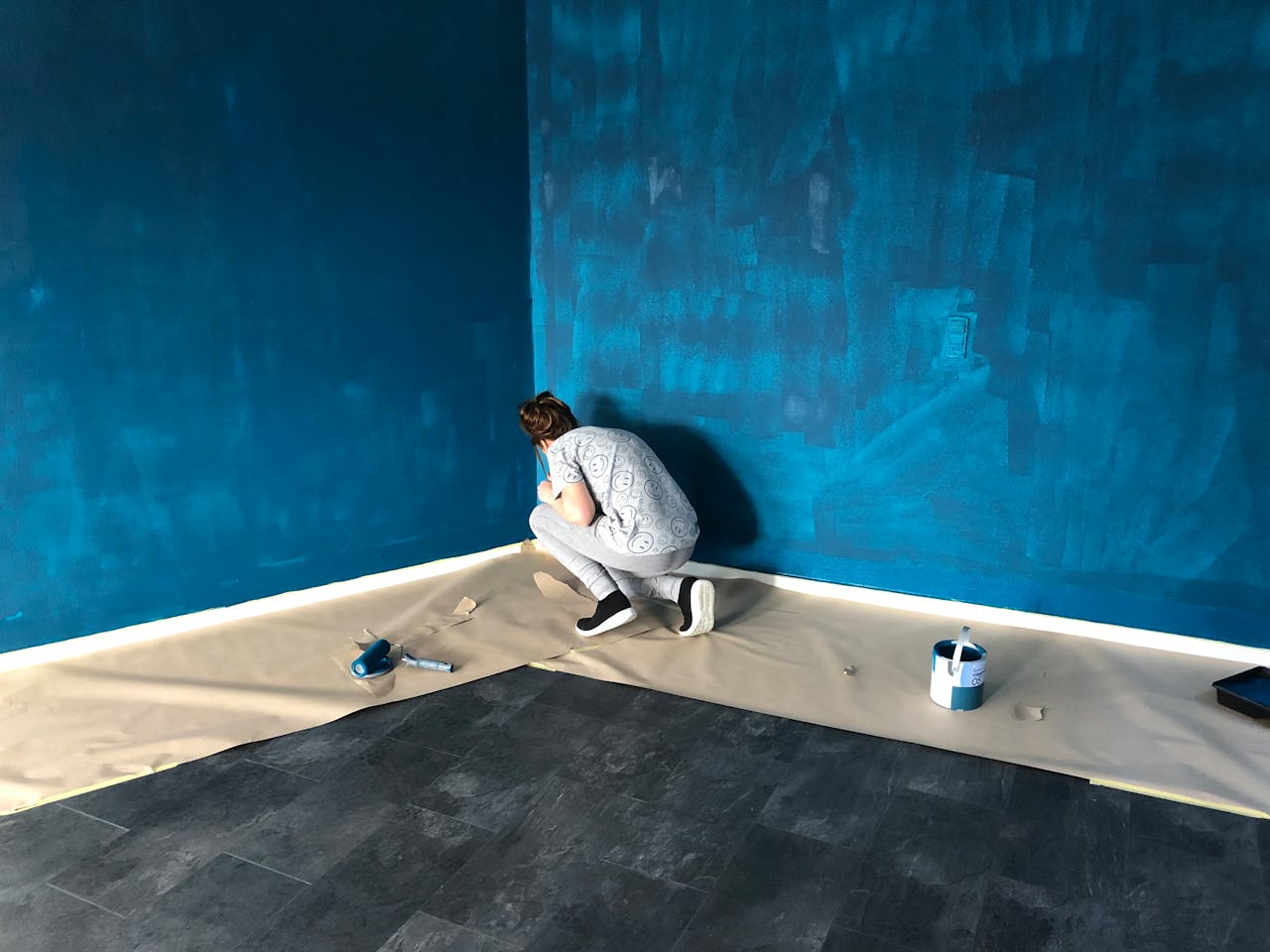Breathing new life into your living room can be a transformative experience, but the key lies in choosing the right color palette. As we move further into 2024, the color choices you make for your living space can significantly impact the overall ambiance, mood, and visual appeal of the room.
Whether you’re seeking a serene, calming retreat or a vibrant, energetic environment, understanding the power of color can help you create a living room that truly reflects your personal style and preferences.
From understanding the mood you want to create to leveraging color theory for harmonious combinations, we’ll provide you with the knowledge and tools to make an informed decision that will transform your living space.
So, let’s dive in and unlock the secrets to crafting a living room design that truly captivates in 2024.
Discover the Perfect Color Palette for 2024
1. Understand the Mood You Want to Create
Before choosing a color for your living room, think about the mood you want to create. Colors can have a big impact on how we feel. For example, blue and green are calming colors. They might make your living room feel peaceful and relaxing. These colors are good choices if you want a tranquil space to unwind.
On the other hand, if you want a more energetic and lively room, consider colors like red, yellow, or orange. These colors can make a space feel warm and exciting. They are great for living rooms where you entertain guests or spend a lot of family time.
Neutral colors like beige, gray, or white provide a versatile backdrop. They can make a room feel spacious and clean. Neutrals are easy to pair with colorful furniture and accessories. By thinking about the mood you want, you can narrow down your color choices and find one that fits your needs.
2. Consider Lighting and Space
Lighting and room size play a big role in how a color looks. Natural light can make a color look different at various times of the day. A color that looks great in the morning might look too dark in the evening. It’s important to see how the color interacts with your living room’s lighting. Rooms with lots of windows and sunlight can handle darker colors well. In contrast, darker rooms with little natural light usually look better with lighter, brighter colors.
Room size is also important. Dark colors can make a small room feel even smaller. Light colors can make a small space feel larger and more open. If your living room is big, dark or bold colors can create a cozy, intimate atmosphere. For smaller living rooms, lighter shades can help maintain a sense of spaciousness.
By considering lighting and space, we can choose a color that enhances the look and feel of our living room. This step ensures the color we pick will work well in our specific environment.
3. Use Color Theory for Harmonious Combinations
Understanding color theory can help us make better choices when picking a color for the living room. Color theory involves the science behind how colors mix, match, and contrast. By using this knowledge, we can create harmonious color schemes that make our living room look balanced and visually appealing.
One way to use color theory is by choosing complementary colors. These are colors that are opposite each other on the color wheel, like blue and orange or red and green. Complementary colors provide a high contrast and can make each other stand out.
Another option is to go for analogous colors. These are colors that are next to each other on the color wheel, such as blue and green or red and orange. Analogous colors are more subtle and create a more cohesive look. They are great for those who prefer a more subdued and natural palette.
Monochromatic schemes use different shades and tints of a single color. This method can create a clean and modern look. When done right, it can add depth and sophistication to your living room. By understanding and applying color theory, we can make informed decisions that enhance the overall aesthetic of our space.
Test Samples Before Making a Decision
Testing samples before committing to a final color is an important step. Paint colors can look very different on the wall than they do on a tiny swatch. By testing samples, we can see how the color will actually look in our living room. This step helps us avoid mistakes and ensures we’re happy with the final choice.
Here’s how to test paint samples effectively:
1. Paint Small Sections: Choose a few small sections of your living room wall and paint them with your selected samples. This way, we can see how each color looks in different parts of the room.
2. View in Different Lighting: Check the colors at different times of the day. Natural light changes throughout the day, affecting how the paint looks. Make sure to check the samples in both natural and artificial light.
3. Compare with Furniture and Decor: Make sure the colors work well with your existing furniture and decor. This will give us a better idea of how everything will come together.
By following these steps, we can make an informed decision and pick a color that we will love for years to come.
Crafting a Captivating Living Room Aesthetic for 2024
Choosing the perfect color for your living room involves understanding the mood you want to create, considering your room’s lighting and space, using color theory to find harmonious combinations, and testing samples before making a final decision. Each of these steps ensures that the color you choose will enhance your space and reflect your personal style.
Whether you’re looking to create a cozy, relaxing retreat or a vibrant and lively space, the right color can make all the difference. If you’re ready to transform your living room, we can help. At Alan’s House Painting, we provide expert advice and professional interior painting services in Davis, CA, tailored to your needs.
Contact us today to start your journey toward a beautifully painted living room that you’ll love.





